Use this nursing care plan and management guide to help care for patients with Vesicoureteral Reflux (VUR). Enhance your understanding of nursing assessment, interventions, goals, and nursing diagnosis, all specifically tailored to address the unique needs of individuals facing Vesicoureteral Reflux (VUR).
What is vesicoureteral reflux (VUR)?
Vesicoureteral reflux (VUR) is the abnormal backflow of urine from the bladder into the ureter and up to the kidney. The diagnosis of VUR rarely occurs after five years of age. There are two types of VUR, primary and secondary reflux. Primary reflux, which is present at birth, is caused by an inadequate valvular mechanism at the ureterovesical junction. The inadequate valve in primary reflux is caused by the shortened submucosal tunnel that shortens bladder filling. Secondary reflux is associated with obstruction (50% of cases in infants are caused by posterior urethral valves) or damage to the nerves that control normal bladder emptying (neurogenic bladder).
Voiding cystourethrogram (VCUG), radionuclide cystogram (RNC), and abdominal ultrasound are done to diagnose VUR. Risk factors related to the condition include age, familial history, bladder and bowel dysfunction (BBD), urinary tract infection (UTI), and reflux.
The following effects of unrepaired reflux have been identified: urine concentration ability is inversely proportional to the grade of reflux; kidney scarring; lower-weight percentiles (in physical growth); hypertension; proteinuria; and those with bilateral scarring and an increased risk of developing end-stage renal failure. Most of the children affected, the problem will disappear on its own without surgical intervention if the infection is controlled. Management of reflux includes antibacterial therapy for infection control.
Nursing Care Plans and Management
Treatment of vesicoureteral reflux (VUR) is based on its severity. Nursing care planning goals for a patient with vesicoureteral reflux (VUR) may include relief of pain and discomfort, prevention of infection and trauma, and increased knowledge of the surgical procedure, expected outcomes, and postoperative care. Nurses also work to support the patient’s emotional well-being and provide education on self-care and prevention of future kidney damage.
Nursing Problem Priorities
The following are the nursing priorities for patients with vesicoureteral reflux (VUR):
- Risk of urinary tract infection (UTI). Preventing and managing UTIs is a priority to prevent complications.
- Renal function and preservation. Monitoring renal function and implementing interventions to preserve renal health are essential.
- Detection and management of reflux grade. Identifying the grade of reflux through diagnostic tests and imaging is necessary for appropriate management.
- Prevention of renal scarring. Preventing renal scarring through effective management and prevention of UTIs is important to preserve renal function.
- Management of voiding dysfunction. Addressing voiding dysfunction, such as incomplete bladder emptying or dysfunctional voiding patterns, can help reduce the risk of UTIs and reflux episodes.
- Education and support for patients and caregivers. Empowering patients and caregivers with knowledge and resources improves adherence to treatment plans and reduces the risk of complications.
- Surgical intervention consideration. Assessing the need for surgical intervention and considering the appropriate timing and type of surgical procedure is a priority.
- Psychosocial support. Providing psychosocial support, addressing concerns, and ensuring their emotional well-being is an important aspect of care.
Nursing Assessment
Assess for the following subjective and objective data:
- Flank pain
- Bladder spasms
- Communication of pain descriptors
- Crying
- Ureteral edema from surgery
- Irritability, restlessness
- Withdrawal
- Expressed apprehension and concern about surgery (ureteral reimplantation) and pre and postoperative procedures and care.
- Expressed need for information about continuous medical regimen to control renal/bladder infection and measures to prevent infection
Assess for factors related to the cause of vesicoureteral reflux (VUR):
- Surgery
- Change in health status, change in environment (hospitalization for surgery)
- Lack of exposure to information about disorder
- Internal factor of complications of surgical trauma
- Catheter displacement
- Urinary tract infection [acute, chronic or postoperative]
- Invasive postoperative drainage tubes (i.e., Silastic stents, urethral
Foley or suprapubic tube
Nursing Diagnosis
Following a thorough assessment, a nursing diagnosis is formulated to specifically address the challenges associated with vesicoureteral reflux (VUR) based on the nurse’s clinical judgment and understanding of the patient’s unique health condition. While nursing diagnoses serve as a framework for organizing care, their usefulness may vary in different clinical situations. In real-life clinical settings, it is important to note that the use of specific nursing diagnostic labels may not be as prominent or commonly utilized as other components of the care plan. It is ultimately the nurse’s clinical expertise and judgment that shape the care plan to meet the unique needs of each patient, prioritizing their health concerns and priorities.
Nursing Goals
Goals and expected outcomes may include:
- The client will experience decreased pain.
- The client/parents will experience decreased anxiety.
- The parents will obtain information about child’s illness and treatment.
- The client will not experience injury as evidenced by absence of blood or clots in the urine, bladder is not distended and the client is able to urine after catheter removal.
- The client’s surgical incision will remain clean and dry without redness, edema, odor, or drainage.
Nursing Interventions and Actions
Therapeutic interventions and nursing actions for patients with vesicoureteral reflux (VUR) may include:
1. Managing Acute Pain
Vesicoureteral reflux (VUR) can cause discomfort and pain in the lower back and lower abdomen. The pain associated with VUR can be acute, meaning it comes on suddenly and is severe. The exact cause of acute pain in VUR is not clear, but it may be due to inflammation or infection in the urinary tract. This can cause a urinary tract infection (UTI), which can lead to pain and discomfort. In some cases, the reflux itself may cause irritation and inflammation, leading to pain. Effectively managing acute pain in these patients is crucial for providing relief, improving their quality of life, and facilitating the healing process
1. Assess verbal and nonverbal cues, type, location, and severity of pain depending on age.
Provides information about pain as a basis for analgesic therapy.
2. Place client in a position of comfort; avoid unnecessary movement or manipulation of the suprapubic catheter.
Facilitates comfort and reduces bladder spasms that cause pain.
3. Demonstrate distraction techniques and provide reassurance during spasms and stay with the child when they occur to inform the child that the pain is temporary.
Decreases anxiety which tends to increase pain.
4. Maintain patency of the catheter by ensuring placement, observing flow, and presence of kinks or obstruction.
Decreases pain caused by bladder distention due to catheter clogging or displacement.
5. Administer antispasmodic as prescribed.
Reduces bladder spasms caused by irritation of suprapubic catheter.
6. Administer analgesic based on pain assessment and before the pain becomes severe.
Lessens pain and promotes rest to decrease stimuli and restlessness.
7. Educate parents and child that pain will subside 24 to 48 hours following surgery and teach measures taken to control pain.
Provides knowledge about duration of pain and causes of pain.
2. Reducing Anxiety and Providing Emotional Support
Although VUR is a physical condition, it can also have psychological effects, including anxiety. Anxiety is not a direct symptom of VUR, but it is not uncommon for individuals with this condition to experience anxiety or stress, particularly if they are worried about the potential long-term effects of the condition on their health. People with VUR may worry about the potential long-term effects of the condition on their health and be anxious about experiencing symptoms such as pain or discomfort. Additionally, they may feel stress or anxiety related to repeated urinary tract infections or the need for ongoing medical treatment. VUR in a child can also be a source of stress and anxiety for parents. Parents may worry about the long-term effects of the condition on their child’s health, or about the child experiencing pain or discomfort.
1. Assess source and level of anxiety and need for information and measures that will allay it.
Provides data about anxiety level and need to relieve it; source for parent includes the procedure and care of child pre and postoperatively; source for child includes separation from parents, unfamiliar environment, and painful procedures.
2. Allow verbalization of concerns and time to ask questions about the purpose of surgery, procedure to be done, pre and postop care.
Provides an opportunity to express feelings and fears and to feel secure in the environment.
3. Answer questions in a calm and honest manner; Use pictures, drawings, models, and therapeutic play.
Promotes trust and a calm and supportive environment.
4. Allow parents to have as much input into decisions regarding care and common routines.
Allows for more control over situations and maintains a familiar routine for care.
5. Encourage parents to stay and assist the child during care.
Provides an opportunity for parents to care for and support the child and continue parental role and strengthens child’s comfort by having a familiar caretaker.
6. Orient and introduce the child to the surgical unit preoperatively.
Lessens anxiety caused by fear of the unknown.
7. Reassure parents and child that surgery and catheter will not have an impact on sterility or sexual orientation.
Provides information that may cause anxiety.
8. Teach parents and child about abnormal functioning ureter and purpose for surgical repair, that the ureter will be reimplanted to prevent urine from backing up in the ureter and continuing problems with infections.
Provides information that will improve understanding about surgery to lessen anxiety.
9. Teach about and prepare for preoperative procedures and exams necessary for visualization and diagnosis.
Allays anxiety and provides precise information about what to expect.
10. Teach parents and child that catheter and/or stent will be in place and where they will be placed, that they will be irrigated and receive special care, that urine output will be monitored and measured for any abnormalities or complications, that a surgical dressing will be in place to protect the incision, and, in case of young child, restraints may be in place on arms and legs, and that medications will be given to control pain.
Provides information on what to expect postoperatively.
3. Minimizing Injury Risk and Promoting Safety
VUR can increase the risk of urinary tract infections and potentially lead to kidney damage. Minimizing injury risk and promoting safety are crucial considerations in the care of patients with vesicoureteral reflux (VUR). VUR condition can increase the risk of urinary tract infections (UTIs), renal damage, and other complications. Ensuring patient safety and minimizing injury risk are paramount to prevent further harm and optimize the well-being of individuals with VUR.
1. Assess output via catheter and observe characteristics of urine, passage of blood clots, color of urine and return to clear color; and if clots or return to red color occurs after a period of normal characteristics.
Provides data regarding the possible complication of bleeding or obstruction.
2. Immobilize arms and legs with restraints, remove occasionally; use bed cradle following surgery.
Avoids accidental catheter dislodgement or removal.
3. Encourage increase in fluid intake based on age requirements.
Facilitates voiding and prevents dehydration.
4. Notify physician immediately if a bright red color is observed in the urine.
Allows for immediate interventions to treat
hemorrhage.
5. Measure I&O every hour for an output of 1 ml/kg/hr and notify the physician if less.
Provides information to ensure adequate output via catheters.
6. Note first voiding after catheter removed, time of voiding and amount, difficulty, presence of abdominal distention.
Provides information about the return of urinary pattern, presence of retention.
7. Support and provide privacy during first voiding; Encourage warm water over perineum, sitting, or standing position.
Prevents embarrassment and promotes voiding.
8. Secure catheter to abdomen or leg with tape stents to catheter and avoid placing tension on the catheter when in place by gently holding it when performing care.
Avoids unnecessary movement or manipulation of the catheter that may cause displacement.
9. If catheter becomes displaced, inform
physician for an immediate replacement (have a suprapubic catheter ready at all times).
Ensures continued flow and drainage of urine.
10. Encourage the child to void frequently after removal of the catheter.
Prevents urinary stasis resulting to urinary infection.
11. Inform parents and child that the physician should be informed if there is a change in urinary pattern or characteristics or if unable to void after catheter removal.
Allows for early interventions if needed.
12. Educate parents about measures taken to ensure that catheters remain in place and patent (use of restraints, anchoring catheters, irrigations) and that this is a temporary situation.
Informs parents of the need for measures to prevent displacement of the catheter.
4. Promoting Infection Control and Minimizing Risk for Infection
In VUR, the backward flow of urine can carry bacteria from the bladder into the ureters and kidneys, leading to UTIs. The longer urine stays in the urinary tract, the higher the risk of developing an infection. UTIs can cause inflammation and damage to the kidneys, potentially leading to more serious health problems if left untreated. Implementing effective infection control measures is crucial to prevent recurrent UTIs, reduce the risk of complications, and optimize the overall health of patients with VUR.
1. Assess wound for redness, swelling, purulent drainage on dressing, and healing.
Reveals presence of infectious process or poor healing.
2. Assess catheter site for redness, edema, irritation; urine collected in drainage system for cloudiness and foul odor.
Indicates infectious process at catheter site or in the urinary bladder.
3. Collect urine for culture and sensitivities.
Determines presence of urinary infection and sensitivity to a specific antibacterial agent.
4. Administer antibacterial as ordered.
Treats specific microorganisms or prevents infection when the catheter is in place.
5. Maintain catheter and collection bag below level of bladder and maintain a closed, patent system free of kinks or obstructions.
Prevents backflow of urine into bladder or retention of urine which contributes to infection.
6. Use sterile technique when changing dressings, giving catheter care or
emptying drainage bag.
Avoids contamination of wound or urinary tract by the introduction of microorganisms.
7. Change dressings when soiled or wet 24 hours following surgery.
Promotes comfort and allows for wound assessment.
8. Provide suprapubic catheter care by cleansing with peroxide solution after removing any meatal crusting, catheter care by washing perineum with mild soap and water, rinsing and applying an antiseptic ointment.
Promotes comfort and avoids infection at the suprapubic or meatal site.
9. Encourage increased fluid intake daily depending on age requirements when parenteral fluids are allowed.
Promotes dilution of urine to prevent infection and promotes voiding after the catheter removal.
10. Teach and demonstrate catheter care, irrigation, draining of catheter using sterile technique and allow for return demonstration.
Provides information and skill in caring for and maintaining catheter patency to prevent infection if the child is to be discharged with the catheter in place.
11. Teach parents of signs and symptoms of infection to report.
Allows for immediate intervention if an infection is observed.
5. Initiating Health Teachings and Patient Education
Initiating health teachings and patient education are vital components of the care provided to patients with vesicoureteral reflux (VUR). Patient education plays a key role in empowering patients and their caregivers with knowledge and understanding about VUR, its management, and preventive measures. By providing comprehensive health teachings and patient education, healthcare professionals can enhance patients’ ability to actively participate in their own care, make informed decisions, and effectively manage the condition.
1. Assess parents’ and child’s understanding of vesicoureteral reflux. Provide sufficient information and allow time for inquiries. Use teaching aids if needed.
Provides basic understanding of the condition without restating information the clients already know.
2. Educate parents and child of a need to get urine cultures by midstream and taking to a laboratory or use of dip-slide or strip to use at home.
Shows presence of urinary infection and assists to regulate antibacterial therapy.
3. Teach parents and child about the administration of antibiotics including action, dose, form, time, frequency, how to take, and side effects to report.
Facilitates comprehension of the medication regimen for long-term therapy to avoid recurrent or relapse of urinary infection.
4. Educate parents and child to come up with strategies for administration of medications including the development of an organized plan using pill dispensers, alarms on a clock or watch, check-off list, reminder notes to avoid omissions.
Allows the parents and child to take control of medication administration on a long-term basis.
6. Administering Medications and Pharmacologic Support
Medications play a crucial role in managing VUR, preventing urinary tract infections (UTIs), and preserving renal health. Pharmacologic support aims to alleviate symptoms, reduce the risk of complications, and optimize the overall well-being of patients with VUR. It’s important to note that the use of medications in VUR management may vary depending on individual patient factors, such as age, severity of VUR, and presence of recurrent UTIs. The choice of medication and dosing should be determined by a healthcare professional based on the specific needs of each patient.
1. Antibiotics
Antibiotics are prescribed to prevent urinary tract infections (UTIs) in patients with VUR. Commonly used antibiotics include:
- Trimethoprim-sulfamethoxazole
It is often used as first-line therapy for prophylaxis against UTIs. - Nitrofurantoin
Another antibiotic commonly used for prophylaxis against UTIs. - Cephalosporins
Different generations of cephalosporins, such as cefixime or cefpodoxime, may be used based on the individual patient’s needs.
2. Methenamine hippurate
This medication works by releasing formaldehyde in the urine, creating an environment that inhibits bacterial growth. It can be used for prophylaxis against UTIs in patients with VUR.
3. D-mannose
D-mannose is a sugar that can prevent bacterial adherence to the urinary tract, reducing the risk of UTIs. It may be used as a prophylactic agent in some patients with VUR.
7. Assessing and Monitoring for Potential Complications
Assessing and monitoring for potential complications in patients with vesicoureteral reflux (VUR) is essential for early detection, timely intervention, and appropriate management. It helps prevent kidney damage, detect urinary tract abnormalities, guide treatment decisions, and minimize the risk of long-term complications.
1. Obtain a detailed medical history.
A comprehensive medical history helps identify risk factors, previous episodes of urinary tract infections (UTIs), or other complications related to VUR. It provides valuable information for appropriate assessment and monitoring.
2. Perform a thorough physical assessment, including abdominal examination and assessment of vital signs.
A thorough physical assessment helps identify any signs of discomfort, tenderness, or abnormal findings in the abdomen that may indicate kidney or urinary tract complications. Vital signs can provide baseline data and help identify any signs of systemic infection.
3. Monitor and record urinary output.
Monitoring and recording urinary output helps assess kidney function and can indicate any changes or abnormalities. Decreased urinary output may be a sign of obstruction or impaired renal function, warranting further investigation and intervention.
4. Assess for signs and symptoms of UTIs and kidney infections.
VUR increases the risk of UTIs and kidney infections. Regular assessment for symptoms such as fever, dysuria, urgency, frequency, flank pain, or cloudy and foul-smelling urine can help identify potential infections early on and facilitate timely treatment.
5. Collect urine specimens for analysis, including urinalysis and urine culture.
Urine analysis and culture provide valuable information about the presence of bacteria, red or white blood cells, or other abnormalities in the urine. These tests aid in the diagnosis of UTIs and guide the selection of appropriate antibiotic therapy.
6. Monitor laboratory values, including complete blood count (CBC) and renal function tests.
Regular monitoring of laboratory values, such as CBC to detect elevated white blood cell count and renal function tests (e.g., blood urea nitrogen, creatinine) to assess kidney function, helps identify any signs of infection, kidney damage, or impaired renal function.
7. Assess for signs of dehydration or fluid overload.
Dehydration or fluid overload can impact kidney function and increase the risk of complications in patients with VUR. Regular assessment of hydration status, including skin turgor, mucous membranes, and edema, helps identify any imbalances and guides fluid management.
8. Evaluate the patient’s response to prescribed medications, such as prophylactic antibiotics.
Prophylactic antibiotics are often prescribed to prevent UTIs in patients with VUR. Regular assessment of the patient’s response to medication, including adherence and any adverse effects, ensures appropriate management and reduces the risk of infection.
9. Collaborate with the healthcare team to schedule and facilitate diagnostic tests, such as renal ultrasound or voiding cystourethrogram (VCUG).
Diagnostic tests like renal ultrasound or VCUG are essential in assessing the severity of VUR, identifying associated urinary tract abnormalities, and evaluating kidney structure and function. Collaboration with the healthcare team ensures timely scheduling and coordination of these tests.
10. Educate the patient and family about signs and symptoms to report and when to seek medical attention.
Patient and family education regarding potential complications and the importance of early intervention is crucial. Providing information on signs and symptoms that require immediate medical attention empowers them to recognize and report any changes, facilitating prompt assessment and management.
8. Monitoring Laboratory and Diagnostic Procedures
VUR can lead to various complications, including urinary tract infections (UTIs), kidney damage, and scarring. Regular monitoring of laboratory values and performing diagnostic procedures is essential for assessing the severity of VUR, evaluating kidney function, detecting urinary tract abnormalities, and guiding appropriate management.
1. Urinalysis
Urinalysis involves analyzing a urine sample for the presence of various substances, such as red and white blood cells, bacteria, protein, and other abnormalities. It helps identify signs of urinary tract infections (UTIs) and kidney damage, which are common complications associated with VUR.
2. Urine culture
A urine culture is performed to identify and determine the sensitivity of bacteria present in the urine. It helps confirm the presence of a UTI and guides the selection of appropriate antibiotic therapy.
3. Complete blood count (CBC)
CBC measures the levels of red and white blood cells, hemoglobin, and platelets in the blood. It can indicate the presence of an infection (elevated white blood cell count) or anemia (low red blood cell count), which may be associated with VUR-related complications.
4. Renal function tests
Renal function tests, such as blood urea nitrogen (BUN) and serum creatinine, assess kidney function. Elevated levels of BUN and creatinine may indicate impaired renal function or kidney damage. Regular monitoring of these values helps evaluate the impact of VUR on kidney function over time.
5. Renal ultrasound
Renal ultrasound uses sound waves to produce images of the kidneys. It can help evaluate the size, shape, and structure of the kidneys and detect any abnormalities, such as hydronephrosis (dilation of the renal pelvis) or renal scarring. Renal ultrasound is commonly used to assess the severity of VUR and guide treatment decisions.
6. Voiding cystourethrogram (VCUG)
VCUG is a radiographic procedure that evaluates the anatomy and function of the urinary tract. It involves the insertion of a catheter into the bladder and the injection of a contrast agent. X-ray images are then taken during urination to assess the flow of urine and the presence of VUR. VCUG is considered the gold standard diagnostic test for VUR.
7. Dimercaptosuccinic acid (DMSA) scan
A DMSA scan is a nuclear medicine imaging test used to evaluate renal cortical function and detect renal scarring. It involves the injection of a radioactive tracer that is taken up by the renal cortex. The distribution of the tracer provides information about kidney function and the presence of scarring, which can occur due to recurrent UTIs associated with VUR.
8. Magnetic resonance imaging (MRI)
MRI uses powerful magnets and radio waves to create detailed images of the kidneys and urinary tract. It can provide valuable information about kidney structure, identify any anatomical abnormalities, and help assess the severity of VUR. MRI may be used in specific cases where additional information is needed or when other imaging modalities are inconclusive.
Recommended Resources
Recommended nursing diagnosis and nursing care plan books and resources.
Disclosure: Included below are affiliate links from Amazon at no additional cost from you. We may earn a small commission from your purchase. For more information, check out our privacy policy.
Ackley and Ladwig’s Nursing Diagnosis Handbook: An Evidence-Based Guide to Planning Care
We love this book because of its evidence-based approach to nursing interventions. This care plan handbook uses an easy, three-step system to guide you through client assessment, nursing diagnosis, and care planning. Includes step-by-step instructions showing how to implement care and evaluate outcomes, and help you build skills in diagnostic reasoning and critical thinking.

Nursing Care Plans – Nursing Diagnosis & Intervention (10th Edition)
Includes over two hundred care plans that reflect the most recent evidence-based guidelines. New to this edition are ICNP diagnoses, care plans on LGBTQ health issues, and on electrolytes and acid-base balance.

Nurse’s Pocket Guide: Diagnoses, Prioritized Interventions, and Rationales
Quick-reference tool includes all you need to identify the correct diagnoses for efficient patient care planning. The sixteenth edition includes the most recent nursing diagnoses and interventions and an alphabetized listing of nursing diagnoses covering more than 400 disorders.

Nursing Diagnosis Manual: Planning, Individualizing, and Documenting Client Care
Identify interventions to plan, individualize, and document care for more than 800 diseases and disorders. Only in the Nursing Diagnosis Manual will you find for each diagnosis subjectively and objectively – sample clinical applications, prioritized action/interventions with rationales – a documentation section, and much more!

All-in-One Nursing Care Planning Resource – E-Book: Medical-Surgical, Pediatric, Maternity, and Psychiatric-Mental Health
Includes over 100 care plans for medical-surgical, maternity/OB, pediatrics, and psychiatric and mental health. Interprofessional “patient problems” focus familiarizes you with how to speak to patients.

See also
Other recommended site resources for this nursing care plan:
- Nursing Care Plans (NCP): Ultimate Guide and Database MUST READ!
Over 150+ nursing care plans for different diseases and conditions. Includes our easy-to-follow guide on how to create nursing care plans from scratch. - Nursing Diagnosis Guide and List: All You Need to Know to Master Diagnosing
Our comprehensive guide on how to create and write diagnostic labels. Includes detailed nursing care plan guides for common nursing diagnostic labels.
Other care plans and nursing diagnoses related to reproductive and urinary system disorders:
- Acute Glomerulonephritis | 4 Care Plans
- Acute Renal Failure | 6 Care Plans
- Benign Prostatic Hyperplasia (BPH) | 5 Care Plans
- Chronic Renal Failure | 10 Care Plans
- Hemodialysis | 3 Care Plans
- Hysterectomy (TAHBSO) | 6 Care Plans
- Mastectomy | 15 Care Plans
- Menopause | 6 Care Plans
- Nephrotic Syndrome | 5 Care Plans
- Peritoneal Dialysis | 6 Care Plans
- Prostatectomy | 6 Care Plans
- Urolithiasis (Renal Calculi) | 4 Care Plans
- Urinary Tract Infection | 4 Care Plans
- Vesicoureteral Reflux (VUR) | 5 Care Plans



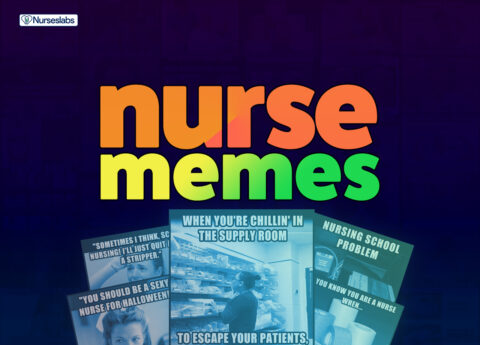





















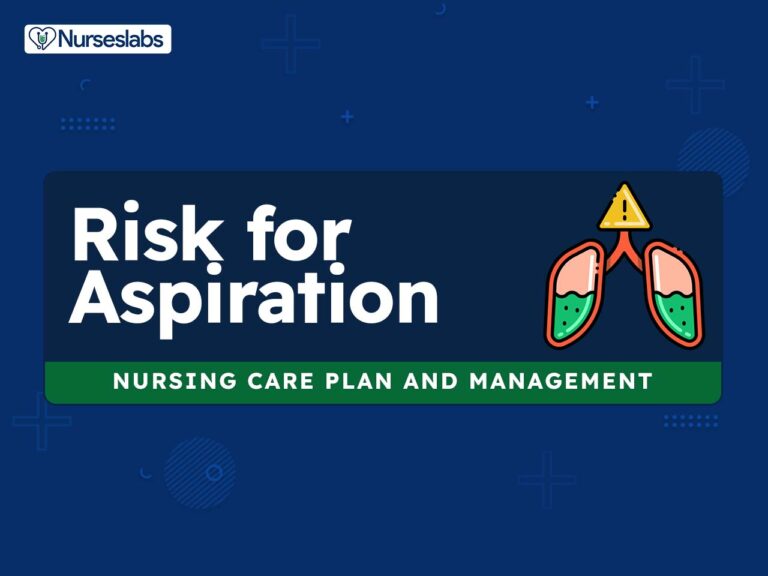

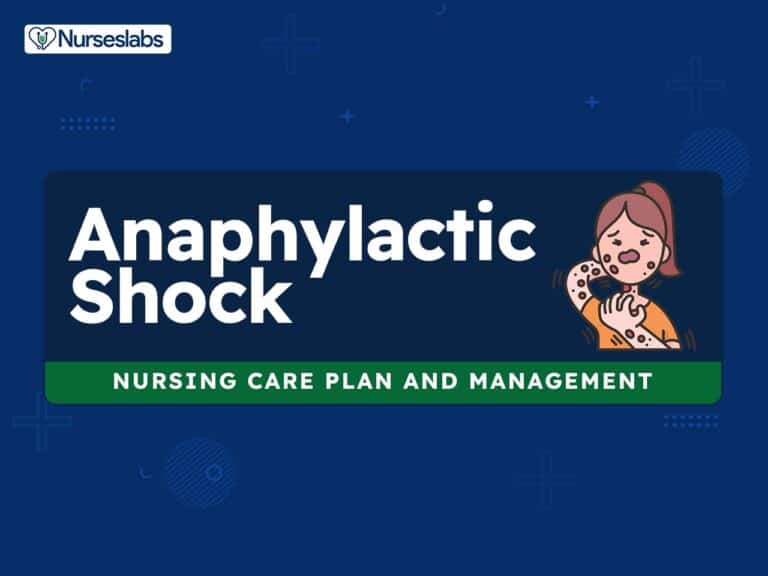

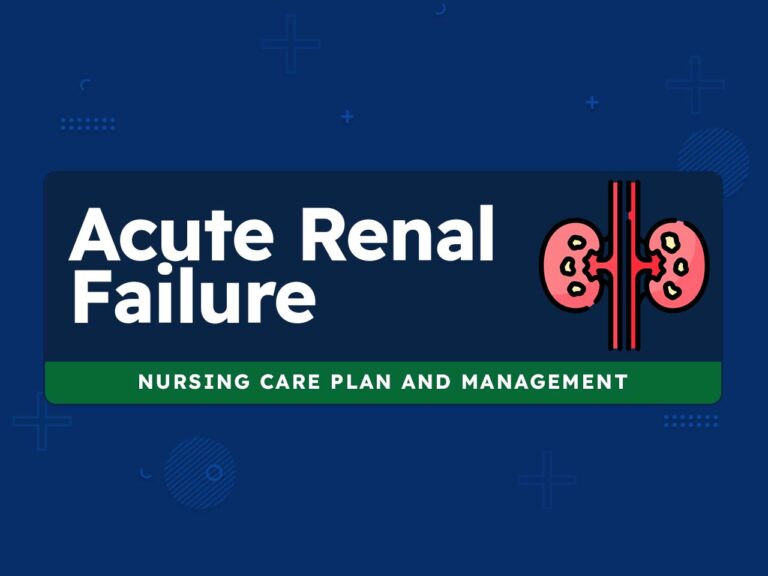

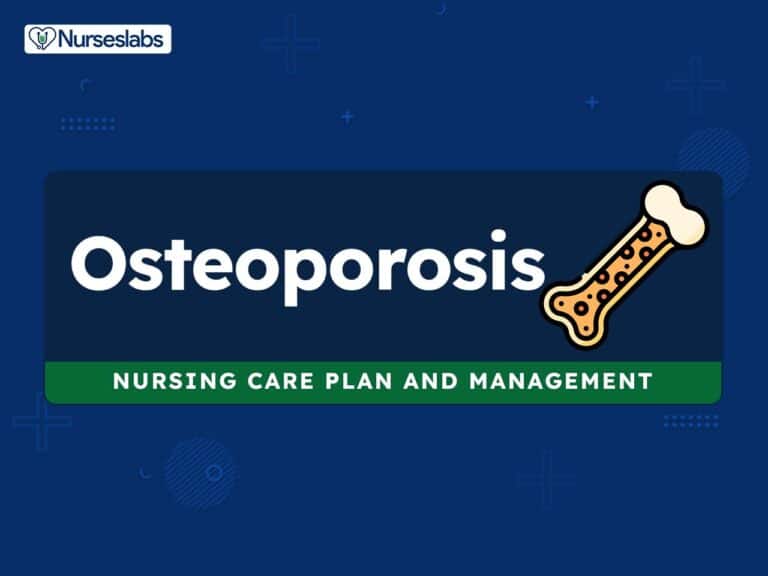
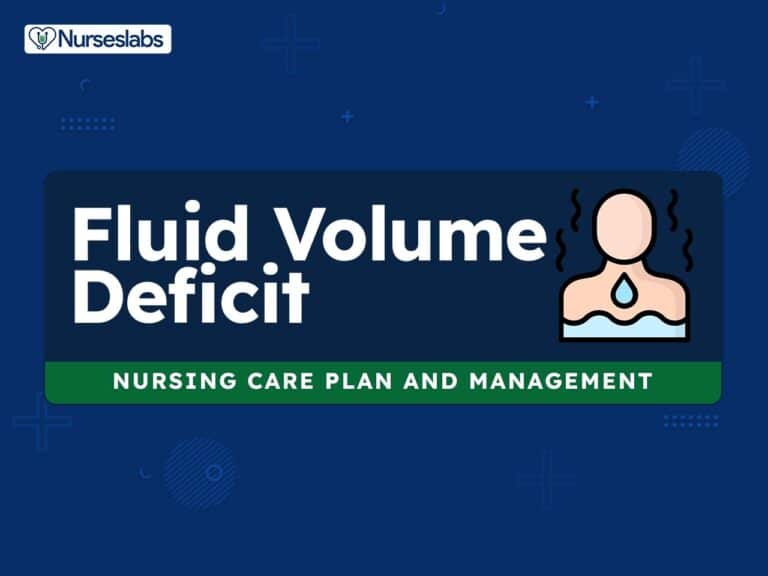
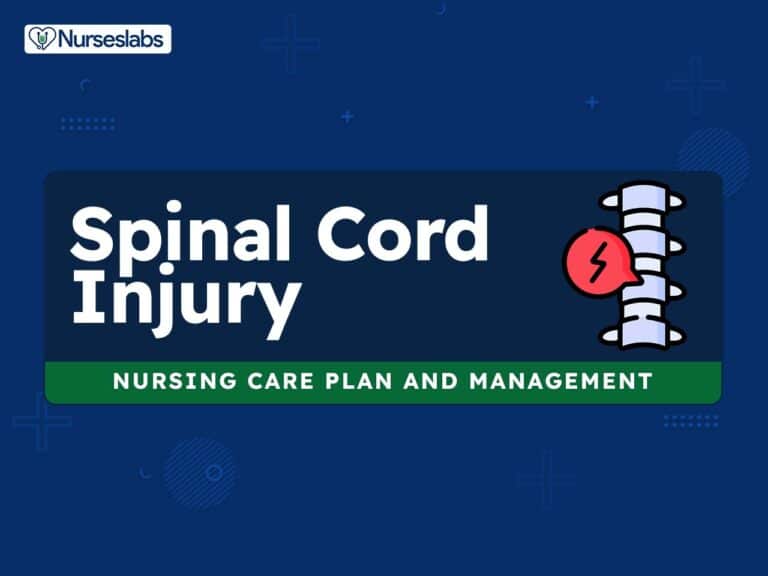
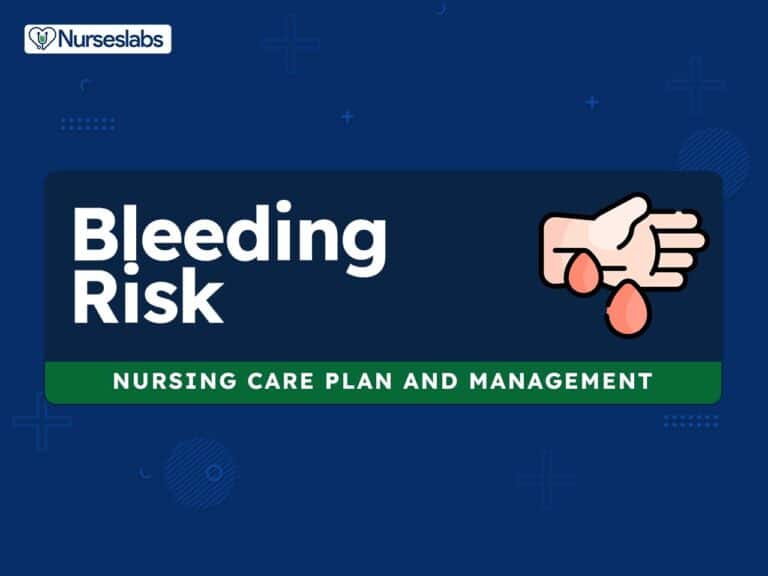
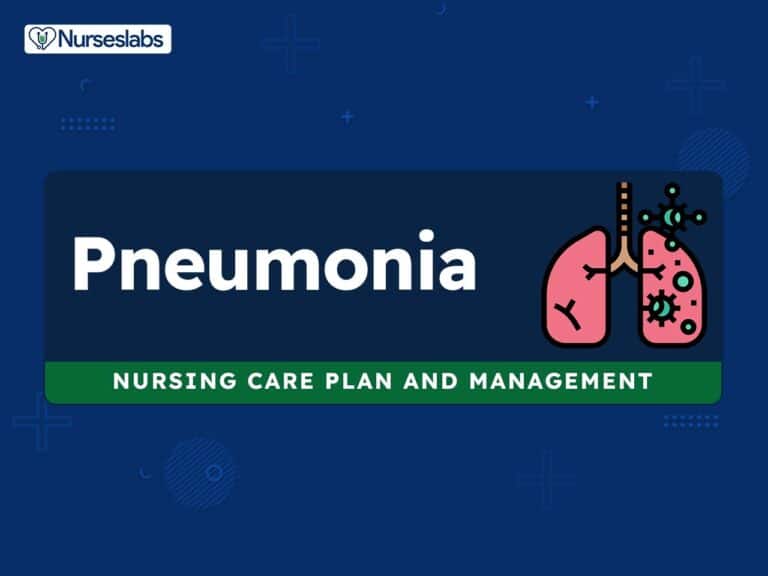
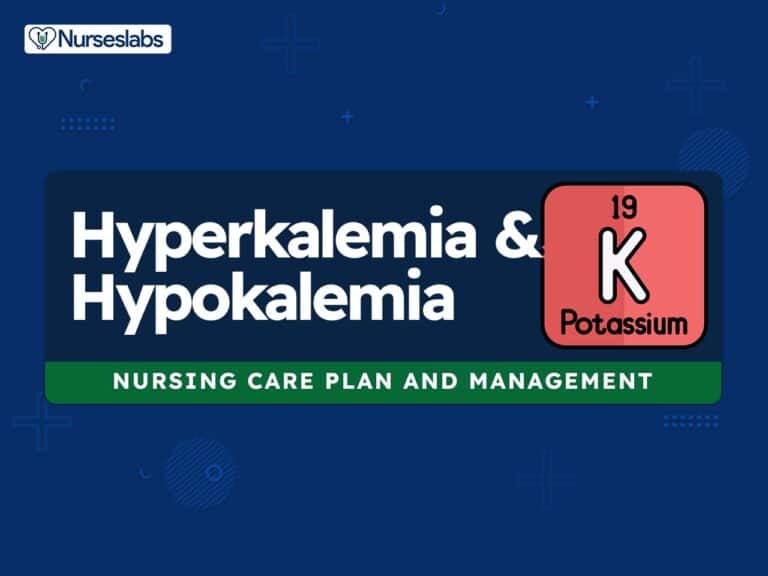
Leave a Comment